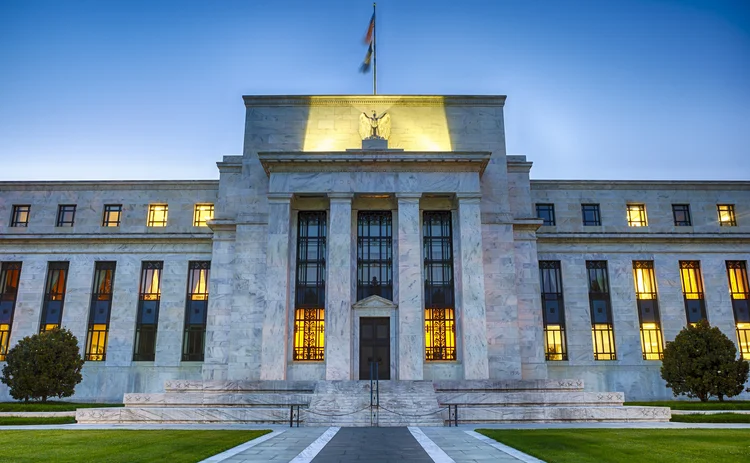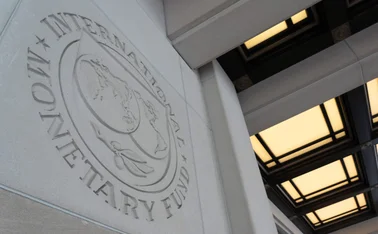
Fed profits shrink as interest expenses bite
The Fed’s profits in 2017 were more than $10 billion smaller than a year earlier

The Federal Reserve System’s profits were more than $10 billion smaller in 2017 than a year earlier, as the institution began to pay much more sizeable sums in interest on banks’ large reserve holdings.
The Fed’s latest annual financial statements, published on March 23, show the aggregate profits of the reserve banks and the board of governors in 2017 were $80.7 billion, almost all of which will be remitted to the Treasury. In 2016, the Fed’s profits were $92 billion.
With short-term interest rates rising and the Fed’s balance sheet only marginally smaller than its post-crisis peak, the institution is seeing its interest expenses rise rapidly. The Fed paid out nearly $26 billion in interest on reserve balances and term deposits during 2017, up from $12 billion in 2016 and around $7 billion in 2015.
The process of rolling assets off the balance sheet is now gathering pace, which should offset some of the additional pressure on profits from the several policy rate hikes planned this year. The Fed’s balance sheet has shed some $70 billion since a peak on October 17, standing at $4.4 trillion on March 21.
The balance sheet shrinkage has been accompanied by a modest reduction in banks’ deposits with the Fed, which fell from around $2.4 trillion in November to $2.1 trillion in March. But deposits remain a long way from normality – before September 2008, banks tended to hold between $10 billion and $30 billion at the Fed.
Of the Fed’s other liabilities, banknotes form the largest part, worth some $1.6 trillion in 2017, an increase of more than $100 billion versus 2016.
Higher 2017 profits in a few other areas were not enough to fully counterbalance the rising interest costs. The Fed made $2.5 billion more than in 2016 on its securities holdings, for income of $113.6 billion, and saw revaluation gains on foreign currency investments of $1.9 billion.
According to the Fed’s accounting rules, any profits above an aggregate surplus of $10 billion go to the Treasury. Remittances in 2017 totalled $80.6 billion. In years where the Fed makes a loss or fails to exceed the aggregate surplus, a deferred asset is recorded in the accounts and is then subtracted from future remittances.
In 2017, it cost $6.8 billion to run the Fed’s Board and 12 reserve banks, only marginally higher than a year earlier. Salaries accounted for the bulk of this, at $3.1 billion, while building occupancy costs accounted for $325 million. The board of governors’ operating expenses and currency costs amounted to $1.5 billion.
Only users who have a paid subscription or are part of a corporate subscription are able to print or copy content.
To access these options, along with all other subscription benefits, please contact info@centralbanking.com or view our subscription options here: http://subscriptions.centralbanking.com/subscribe
You are currently unable to print this content. Please contact info@centralbanking.com to find out more.
You are currently unable to copy this content. Please contact info@centralbanking.com to find out more.
Copyright Infopro Digital Limited. All rights reserved.
As outlined in our terms and conditions, https://www.infopro-digital.com/terms-and-conditions/subscriptions/ (point 2.4), printing is limited to a single copy.
If you would like to purchase additional rights please email info@centralbanking.com
Copyright Infopro Digital Limited. All rights reserved.
You may share this content using our article tools. As outlined in our terms and conditions, https://www.infopro-digital.com/terms-and-conditions/subscriptions/ (clause 2.4), an Authorised User may only make one copy of the materials for their own personal use. You must also comply with the restrictions in clause 2.5.
If you would like to purchase additional rights please email info@centralbanking.com






